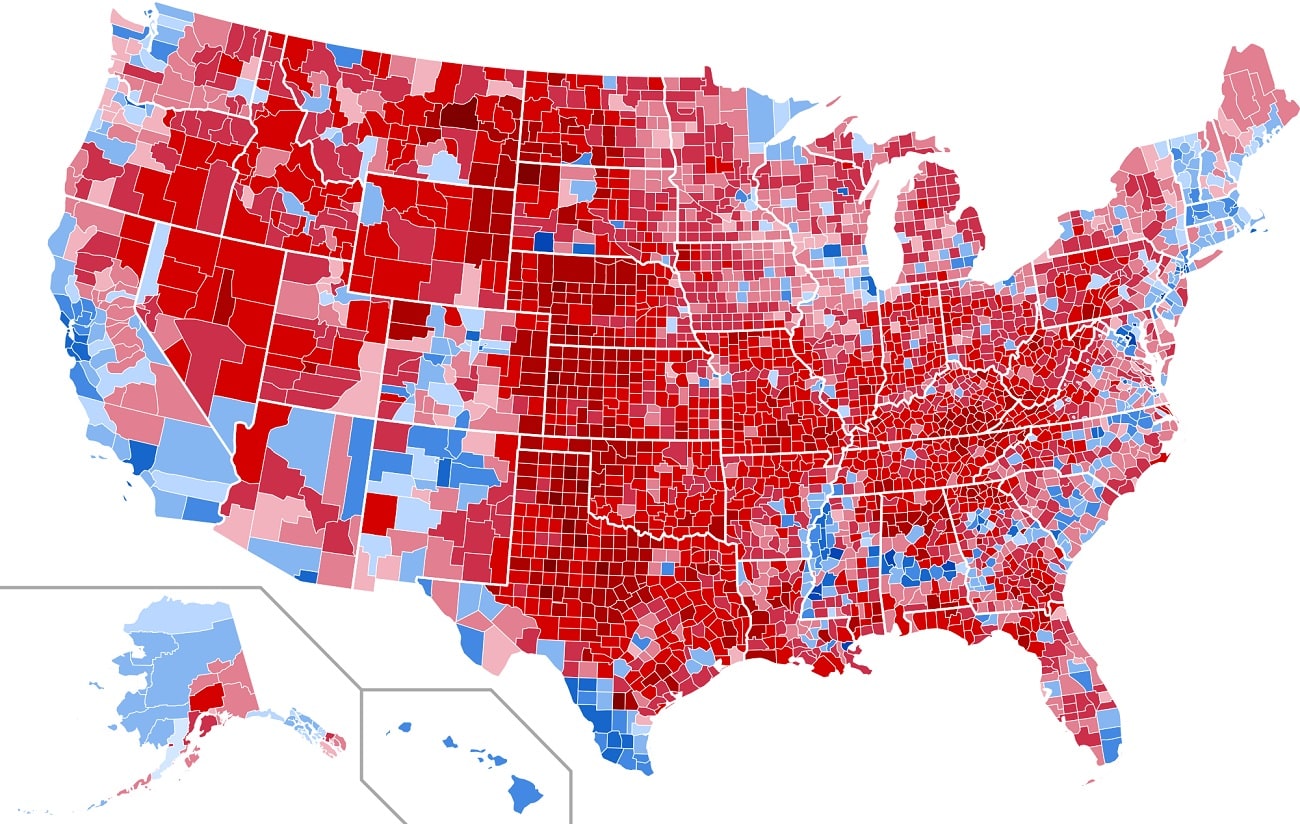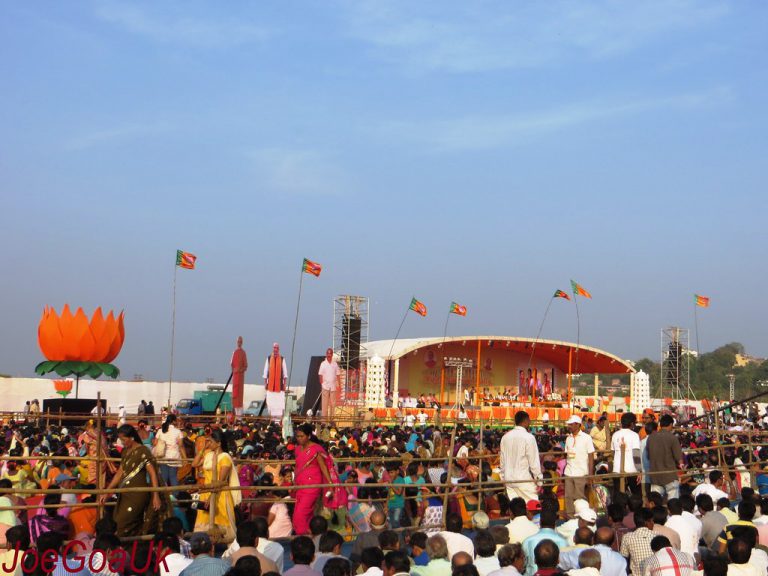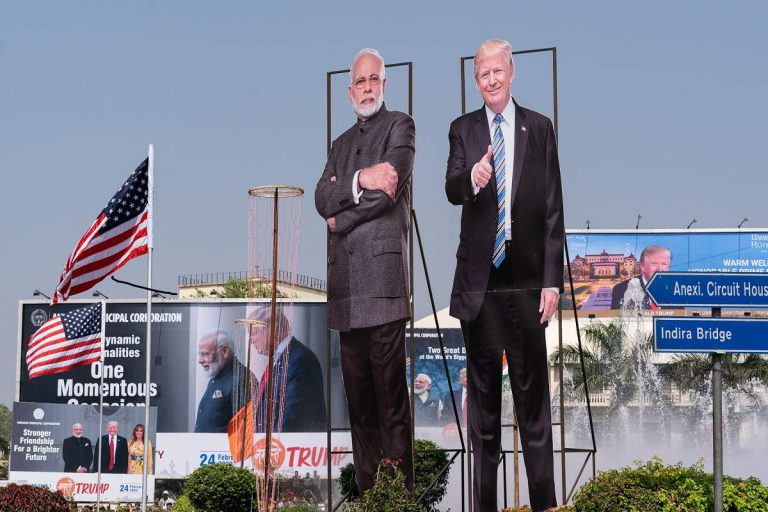A simple guide to the USA elections scheduled this year

Manika studied Sociology. She is based out of Chandigarh.
Presidential elections of the United States of America are one of the most critical and complex elections in the world. Being a superpower, policies of the US affect almost every country in the world. The USA elections is a very long process and can take nearly a year to complete as there are different rules of different parties and different states. Here is a step by step guide to understanding this confusing process.
Who can vote?
There are more than 224 million people of voting age in the US. This year the elections will be more diverse as non-white voters will account for a third of eligible voters. The elections will also be younger as one in every ten eligible voters will be of ages between 18 and 23.
The Primaries and Caucuses
The primaries and caucuses are internal elections held by the parties to choose their presidential candidates. If we look at India, it would be like people choosing whether Rahul Gandhi will run for the Prime Minister from Congress Party or not.
Primaries and Caucuses are two different types of elections held in all 50 states of the USA. It’s a long and tedious process starting months before the election day.
Primaries are the conventional type of elections where voters turn up at polling booths and cast their votes in secret.
Caucuses are a kind of open elections in which people turn up at party offices and attend a meeting of a few hours before giving their vote. During the meeting, people debate why their candidate is better, and if anyone gets convinced by the other side, he or she can switch sides. The votes are counted via a headcount or show of hands.
How do they work
Neither in primaries nor caucuses, people vote directly for their preferred presidential candidate; instead, they vote for some party members called Delegates, who, in turn, pledge to vote for their candidate. Every state has a different number of delegates available. For example, in this election, California has 415 democratic delegates available, while New Hampshire has only 24.
To become a presidential candidate, a candidate must win more than half of the total delegates available. For example, there are 3,979 democratic delegates available throughout the democratic primaries if any candidate wins more than 1,990 candidates he or she becomes a nominee in the race for the presidency.
According to NBC, the democratic candidate Joe Biden has a lead with 1132 delegates, and in the second position, there is Bernie Sanders with 817 delegates under his belt. Meanwhile, in the Republican party, current president Donald Trump is leading with almost no competition.
The Iowa Caucus
Iowa is the first state to vote and has the advantages of being first. Voters of Iowa have more power in deciding the nominee for presidential election than voters of any other country. For the last 50 years, Iowa has played a hugely influential role in presidential primaries. So, winning in Iowa can give you a kick start in winning the crazy race ahead.
Now the question is how come Iowa became the first state to vote. Well, it’s a long story we don’t want to go into, but it’s also controversial. Iowa is a small rural state with almost 90 percent white population, which is not representative of the USA, which is 72 percent white.
But the Iowa caucus is not always that accurate, at least for the Republicans as it has not predicted the correct nominees for them since 2000. Moreover, this year’s Democratic Iowa caucus held on 3rd February was pretty disastrous. There were tonnes of technical difficulties due to which the results were delayed and when they were announced, nobody was sure whether they were correct or not.
The New Hampshire Primary
Eight days after Iowa, the next turn is of New Hampshire, a small state with a predominantly white population. Unlike Iowa, it follows the process of primary elections and also has a vital role in the election race. This year Bernie Sanders won the New Hampshire Primary.
The states like Iowa, New Hampshire, and others who vote early in the project have more importance as they perform the task of narrowing down the long list of candidates to a few selected ones.
Super Tuesday
Another exciting and game-changing event in the USA elections is the Super Tuesday. It was started in the 1980s when some southern states decided to have their Primaries at the same time to exert more influence. It is a kind of national primary but entirely not national in the truest sense.
2020 Super Tuesday was held on 3rd March when 16 states voted for their preferred candidates on the same day. One-third of all the delegates were awarded that day. By the end of the day, Joe Biden and Bernie Sanders emerged as the front runners for the presidential race.
The National Convention
After all the Primaries and Caucuses, it is time for delegates to choose their nominee for the presidential race. The Republican National Convention will be held between 24-27th August, while the Democratic National Convention will be held between 13-16th July.
What happens in a national convention is say a democratic candidate has won 20 delegates, so at the convention those 20 delegates will vote for him to become the Democrat nominee. As mentioned earlier, if any candidate wins more than 50 percent of delegates, he becomes a nominee in a vote at the convention.
But what happens when no candidate wins more than 50 percent delegates, which is the most likely scenario in 2020 due to so many candidates. Then the convention becomes what is called a ‘contested’ or ‘brokered’ convention. Now there will be a second round of voting in which 771 ‘superdelegates’ will join the 3979 delegates. Superdelegates are senior party officials past and present, for example, Bill Clinton. They can vote for whoever they want, so basically, they are the game-changers.
If a candidate wins 50 percent or more in that vote – 2,376 delegates – then they become the nominee.
The USA elections end
Finally, after surviving all the madness for months begins the race for the presidency. USA elections are held every four years on the first Tuesday of November.
Key dates
3rd February 2020: Iowa caucus
3rd March 2020: Super Tuesday
13-16th July 2020: Democratic National Convention
24-27th August 2020: Republican National Convention
3rd November 2020: Election day
Featured Image Credits: Wikimedia









Readers' Reviews (3 replies)